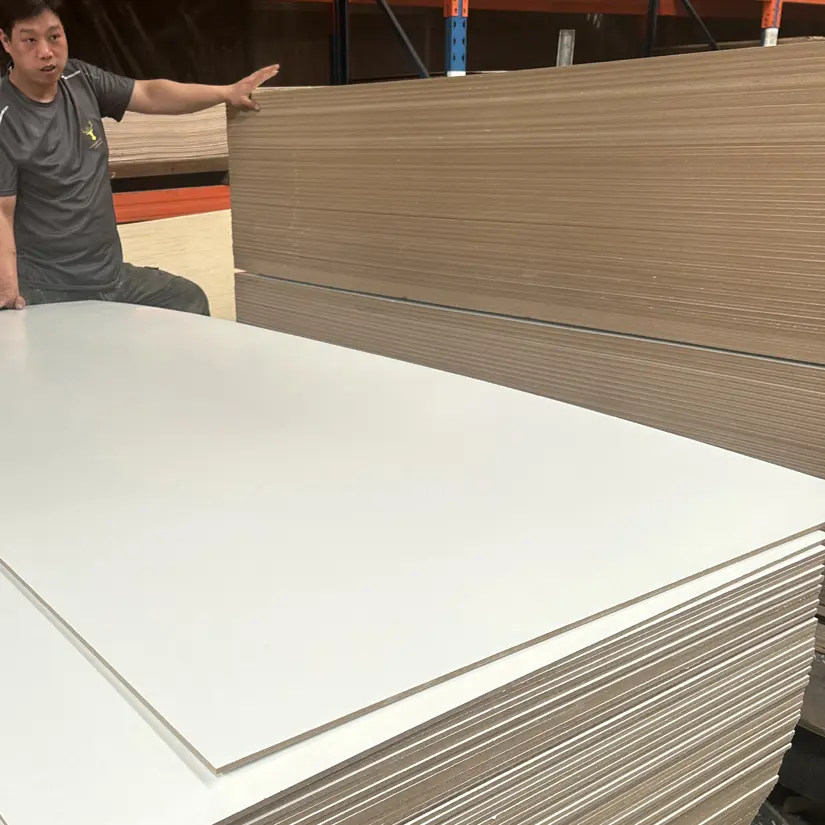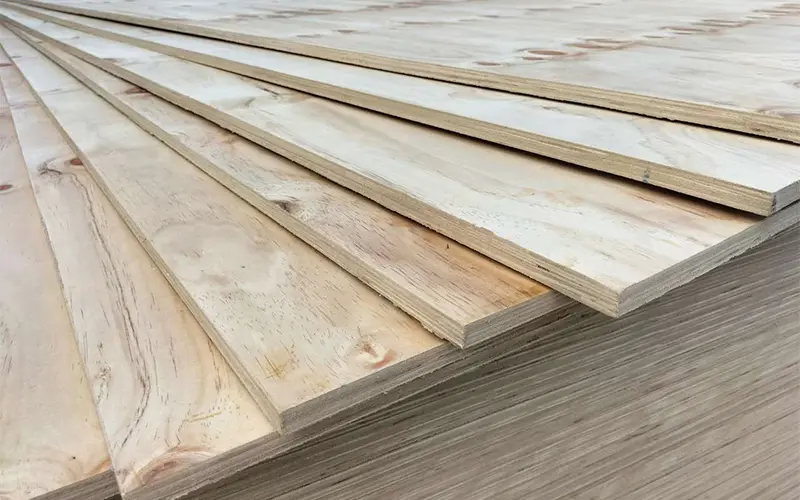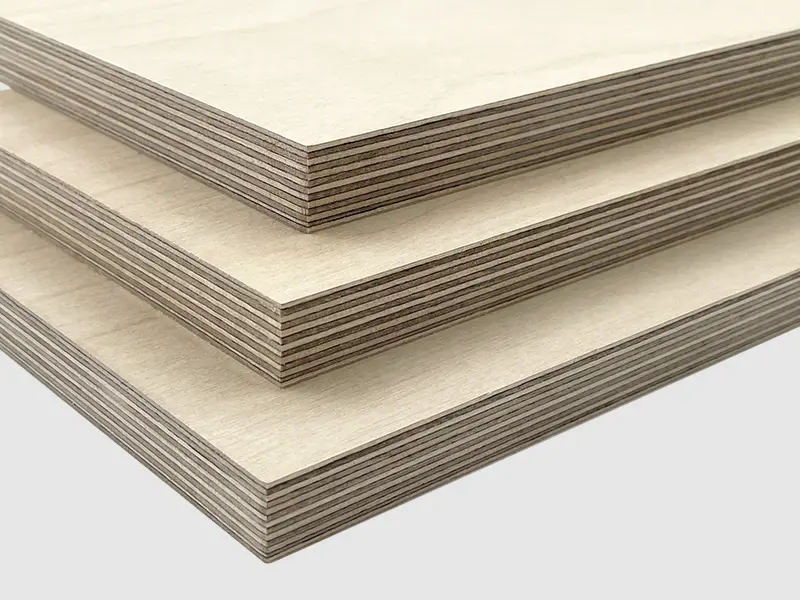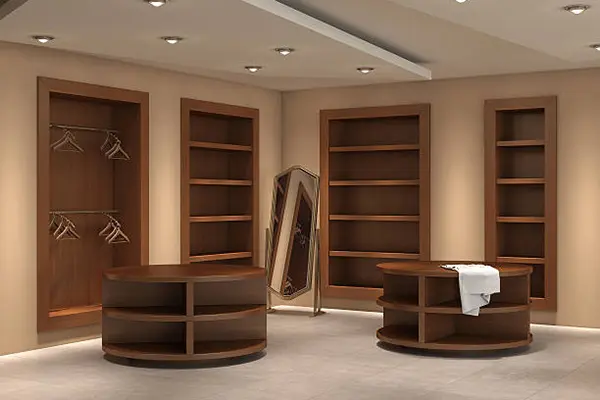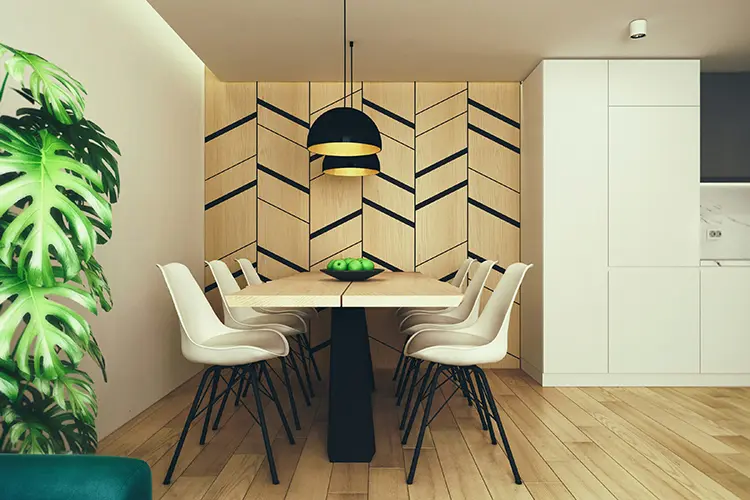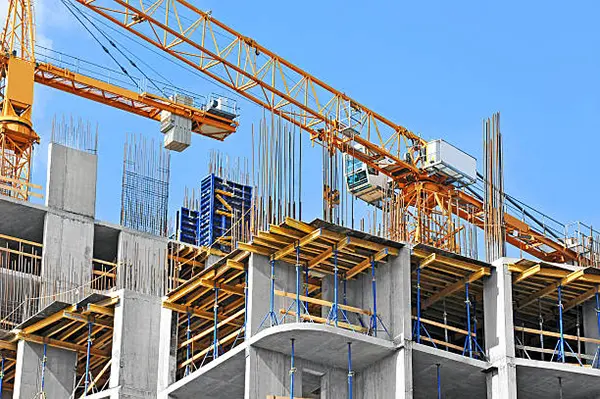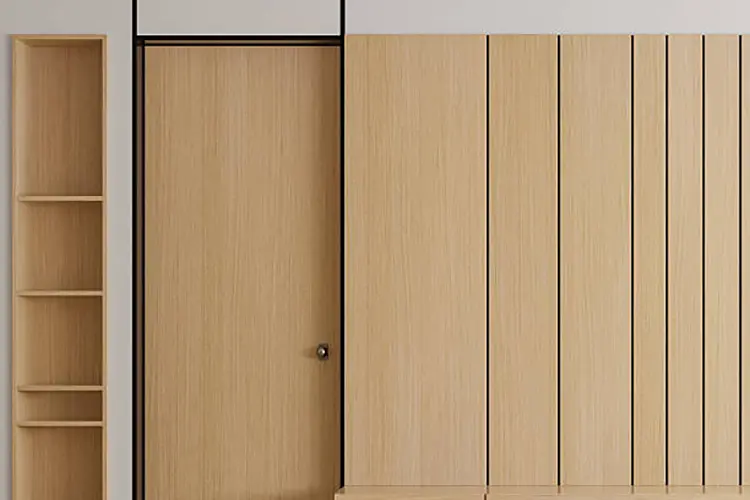Film Faced Plywood: A Comprehensive Guide
1. Introduction to Film Faced Plywood Film faced plywood is a high-performance plywood with a special coating that makes it both durable and waterproof. It’s designed to resist wear and tear while providing extended service life, especially in harsh and outdoor environments. The plywood’s two sides are coated with a durable film that protects the underlying wood, making it highly resistant to moisture and water damage. This makes it ideal for heavy-duty uses such as in construction, vehicle building, and formwork applications. The film itself is made of adhesive-impregnated paper, which differentiates it from other plywood coverings like melamine paper overlay, PVC, MDO (Medium Density Overlay), and HDO (High-Density Overlay). This added protection makes film faced plywood stand out in terms of strength and long-term utility. 2. History and Evolution of Film Faced Plywood Plywood, a material with ancient roots, evolved significantly during the 20th century, where new advancements in adhesives and coatings allowed for the creation of more specialized variants. Film faced plywood emerged as a more durable alternative to standard plywood, especially for construction and formwork needs. Its rise in popularity can be attributed to its resilience in demanding applications like outdoor use and concrete formwork. Over time, its manufacturing process has been refined, making it a staple material in heavy-duty environments. 3. Types of Film Faced Plywood Film faced plywood comes in several variations depending on the type of film and core materials used. The most common comparison is with plywoods like MDO and HDO. MDO plywood is typically used for exterior projects but lacks the same water resistance as film faced plywood. HDO, on the other hand, has a denser overlay but is still not as cost-effective or durable in certain weather conditions. Film faced plywood can also be differentiated based on its thickness, grade, and core composition, allowing buyers to choose the appropriate type for their specific project. 4. Characteristics of Film Faced Plywood The defining characteristics of film faced plywood include: Waterproof Coating: The outer film is specially designed to make the plywood waterproof, which prevents swelling or warping when exposed to moisture.Wear Resistance: The surface is highly resistant to wear and scratches, which is essential for heavy-use applications like construction formworks.Durability: With its moisture-resistant properties, this plywood has an extended service life even under the most challenging conditions.These traits make it ideal for exterior and interior applications where traditional plywood would degrade more rapidly. 5. Materials Used in Film Faced Plywood The core of film faced plywood is generally made from hardwood, softwood, or a mix of both. The key distinction lies in the outer coating, which is a film made from adhesive-impregnated paper. This film provides superior protection compared to standard melamine or PVC overlays. The use of these advanced materials contributes to its overall strength, durability, and moisture resistance.
Film Faced Plywood: A Comprehensive Guide Read More »


